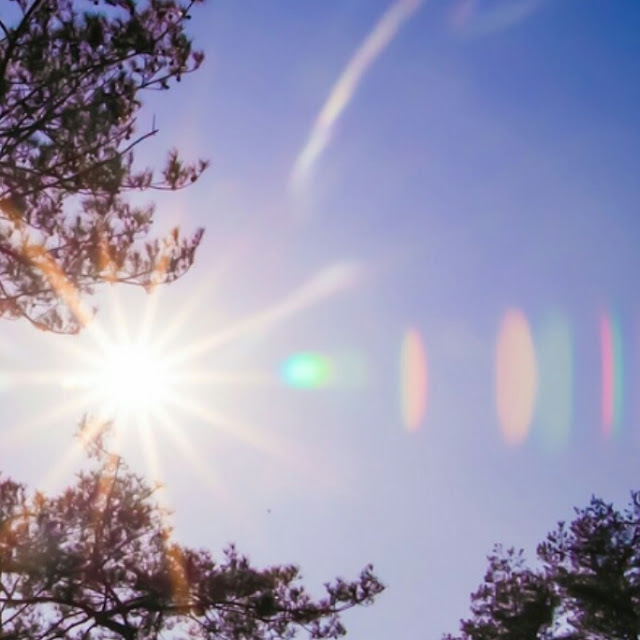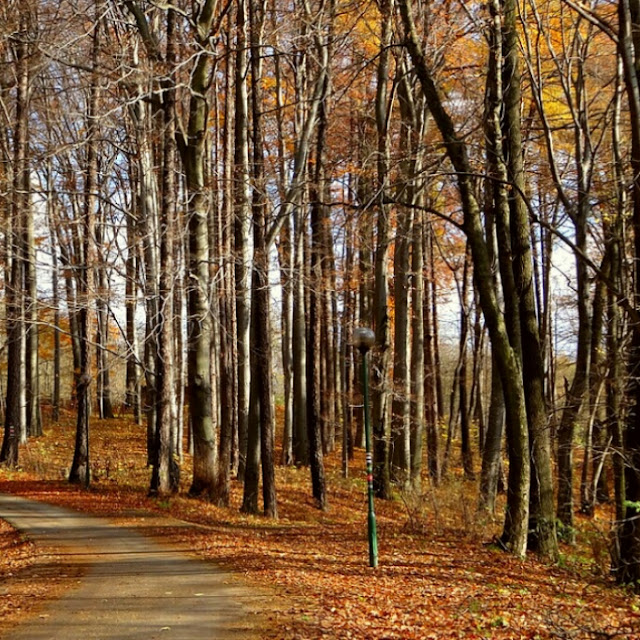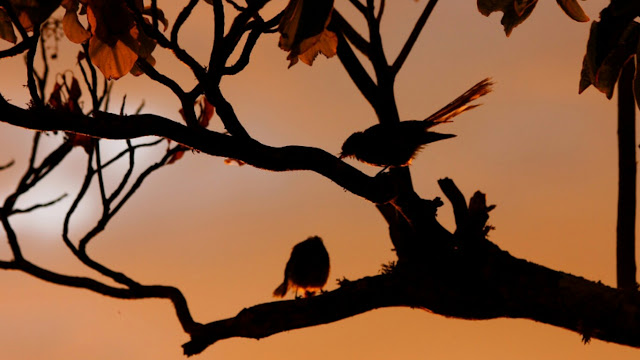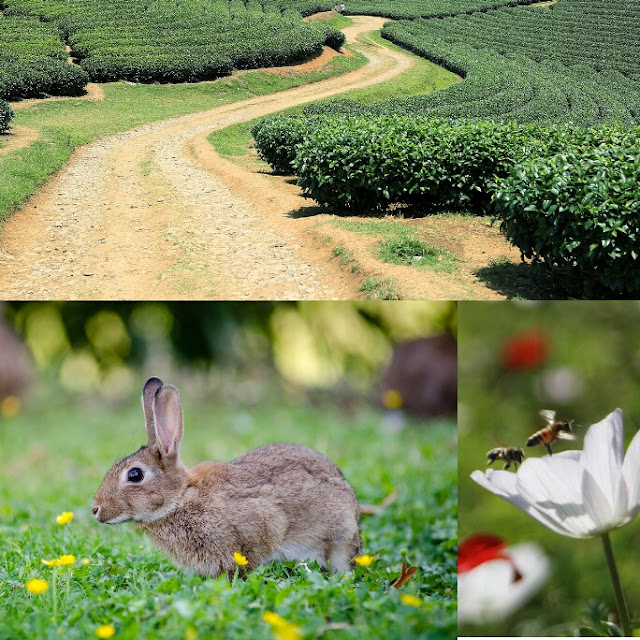
The Mahakumbh Mela is one of the world's largest religious gatherings, held every 12 years at four sacred sites in India: Prayagraj (Allahabad), Haridwar, Ujjain, and Nasik. It is deeply rooted in Hindu mythology and tradition, symbolizing the confluence of faith, spirituality, and devotion. Here is a detailed description of its history, significance, and cultural importance:

History of Mahakumbh
1. Mythological Origins:
The Mahakumbh traces its origins to the story of the Samudra Manthan (churning of the ocean), a famous tale from Hindu scriptures. According to the legend:
The gods (Devas) and demons (Asuras) churned the ocean to obtain Amrit, the nectar of immortality.
After the nectar was obtained, a fierce battle ensued between the gods and demons over its possession.
To protect the nectar, Lord Vishnu took the form of Mohini, and during the struggle, a few drops of Amrit fell at four locations: Prayagraj, Haridwar, Ujjain, and Nasik. These places became sacred.
The Mahakumbh is celebrated at these sites, as they are believed to hold divine energy.
2. Historical References:
Ancient scriptures such as the Puranas (e.g., Vishnu Purana, Bhagavata Purana) mention the significance of Kumbh.
The first documented evidence of the Kumbh Mela dates back to the 7th century when Chinese traveler Hiuen Tsang visited India and described a grand religious festival on the banks of the Ganges in Haridwar.
3. Etymology:
The word "Kumbh" means pot in Sanskrit, symbolizing the pot of nectar (Amrit) in the legend.
"Mela" means fair, signifying the large gathering of devotees.

Importance of Mahakumbh
1. Spiritual Significance:
The Mahakumbh is considered a time for spiritual rejuvenation, self-purification, and the attainment of Moksha (liberation).
Bathing in the sacred rivers during the Kumbh is believed to cleanse individuals of their sins and free them from the cycle of life and death.
2. Astrological Importance:
The timing of the Kumbh Mela is determined by specific planetary alignments:
When Jupiter enters Aquarius (Kumbh Rashi) and the Sun enters Aries (Mesha Rashi), the Mahakumbh is held in Haridwar.
Similarly, astrological calculations determine the dates for the mela at other sites.
3. Cultural and Social Significance:
The Mahakumbh fosters unity among millions of devotees from diverse backgrounds.
It is a platform for sages, saints, and spiritual leaders to connect with people, share wisdom, and guide them on spiritual paths.
4. Environmental and Geographical Significance:
Each site of the Mahakumbh is associated with a sacred river:
Prayagraj: Confluence of Ganga, Yamuna, and the mythical Saraswati.
Haridwar: River Ganga.
Nasik: River Godavari.
Ujjain: River Shipra.
Rituals and Practices
1. Shahi Snan (Royal Bath):
The most significant ritual of the Mahakumbh, where sadhus and saints from various akhadas (religious orders) take a ceremonial bath in the sacred river.
This marks the beginning of the Kumbh festivities.
2. Public Bathing:

Devotees believe that bathing in the holy river during the auspicious days eradicates past sins.
3. Religious Discourses and Pilgrimage:
Spiritual leaders conduct discourses, and devotees visit temples and shrines near the Kumbh site.
4. Charity and Donations:
Acts of charity, such as feeding the poor and donating clothes, are considered highly virtuous.
Four Locations and Their Unique Significance
1. Prayagraj:
Known as Triveni Sangam, it is the confluence of three rivers: Ganga, Yamuna, and Saraswati.
It is considered the holiest of all Kumbh sites.
2. Haridwar:
Associated with the descent of the Ganges from the heavens.
The Kumbh here marks the divine blessing of the Ganga River.
3. Ujjain:
Celebrated on the banks of the Shipra River, Ujjain is associated with Lord Shiva and the temple of Mahakaleshwar.
4. Nasik:
Held on the banks of the Godavari River, Nasik is linked to the Ramayana and Lord Rama’s stay during his exile.
Modern-Day Relevance
1. Global Recognition:
The Kumbh Mela was inscribed on the UNESCO Representative List of the Intangible Cultural Heritage of Humanity in 2017.
2. Economic Impact:
It boosts local tourism and trade, generating significant revenue.
3. Spiritual Tourism:
Devotees and tourists from across the globe visit to experience India’s cultural richness and spirituality.
4. Cultural Diversity:
The Kumbh showcases India’s religious tolerance and unity, as people from all walks of life come together.
Challenges and Management

1. Crowd Management:
The Kumbh attracts millions of people, requiring meticulous planning to manage logistics, safety, and health services.
2. Environmental Concerns:
Maintaining cleanliness and minimizing the environmental impact is a major challenge.
3. Technological Advancements:
Modern-day Kumbh includes digital tools like apps for navigation, live streaming, and virtual darshan for devotees who cannot attend physically.
Conclusion
The Mahakumbh Mela is not just a religious event but a celebration of Indian spirituality, culture, and unity. Rooted in ancient mythology, it continues to inspire millions with its message of faith, harmony, and self-purification. The Mahakumbh is a timeless testament to the rich cultural and spiritual heritage of India.
























